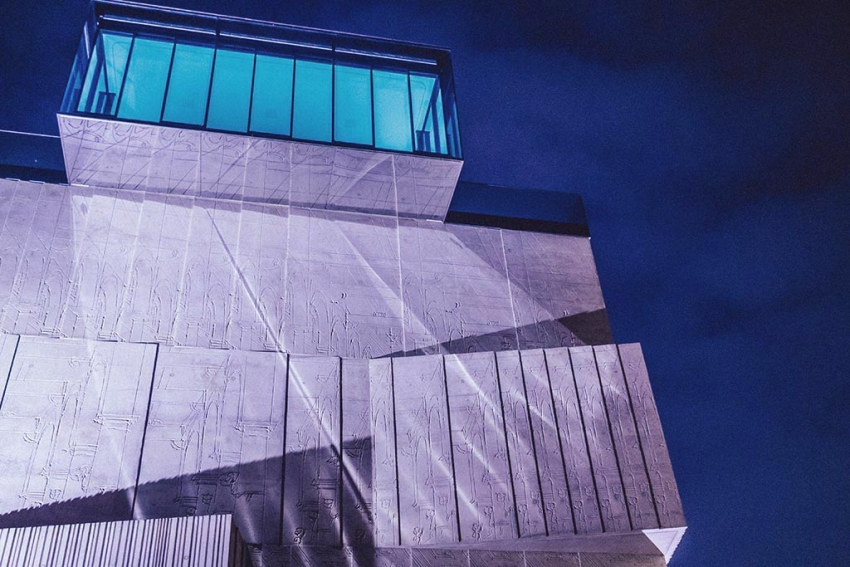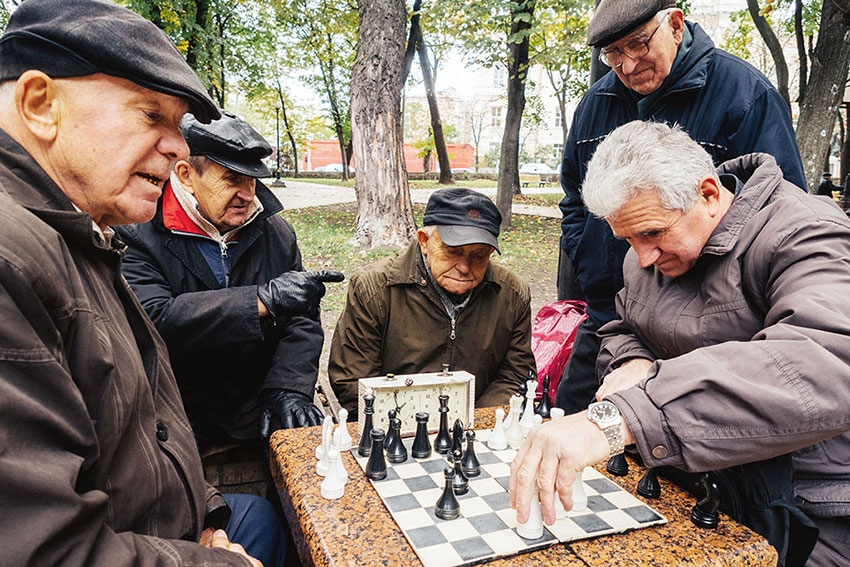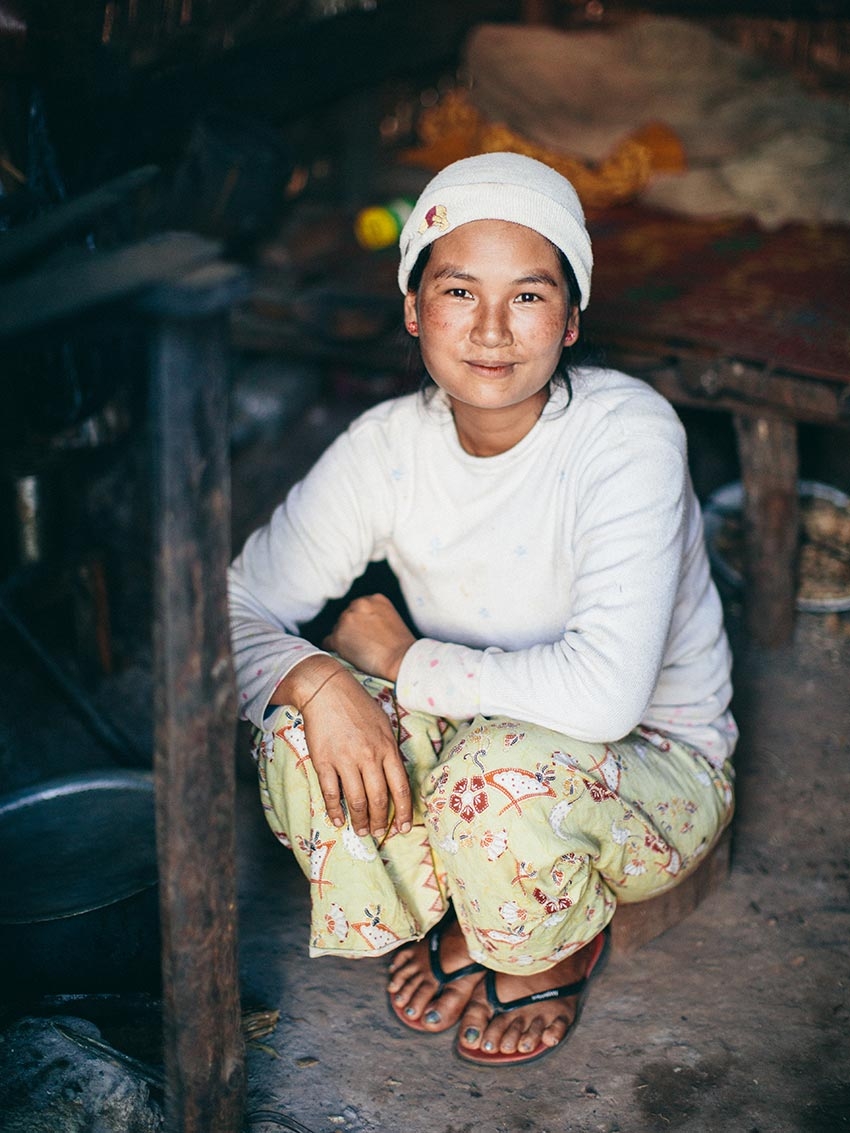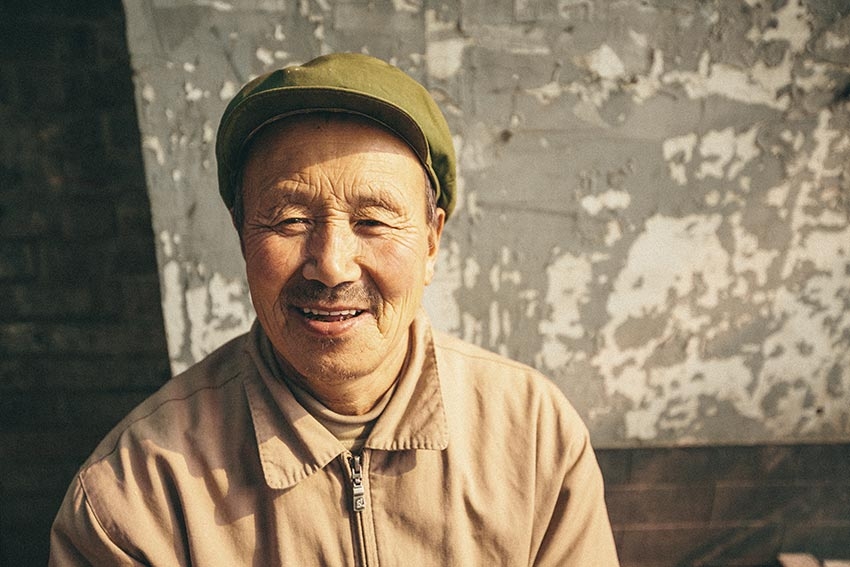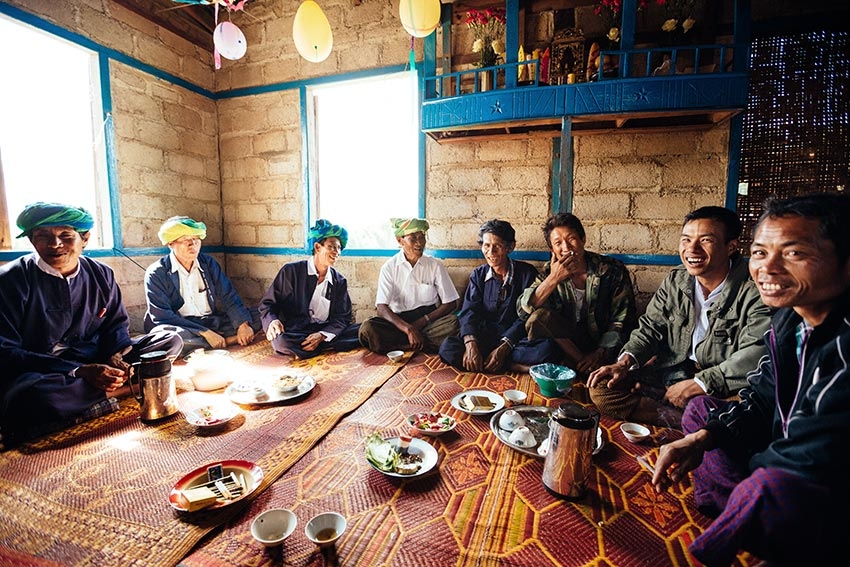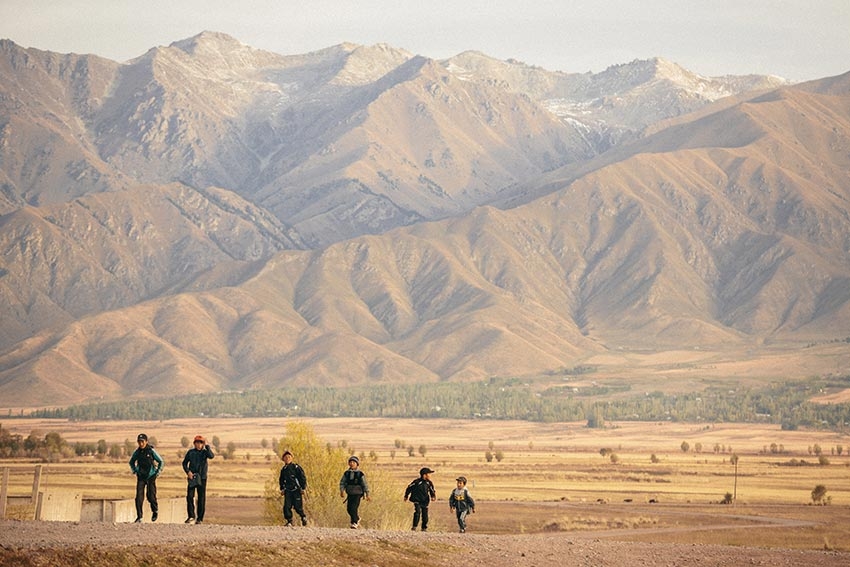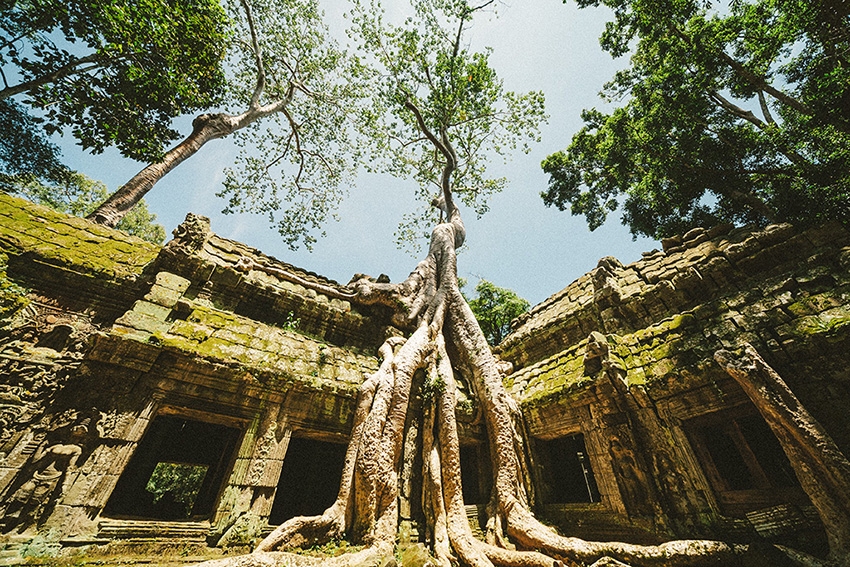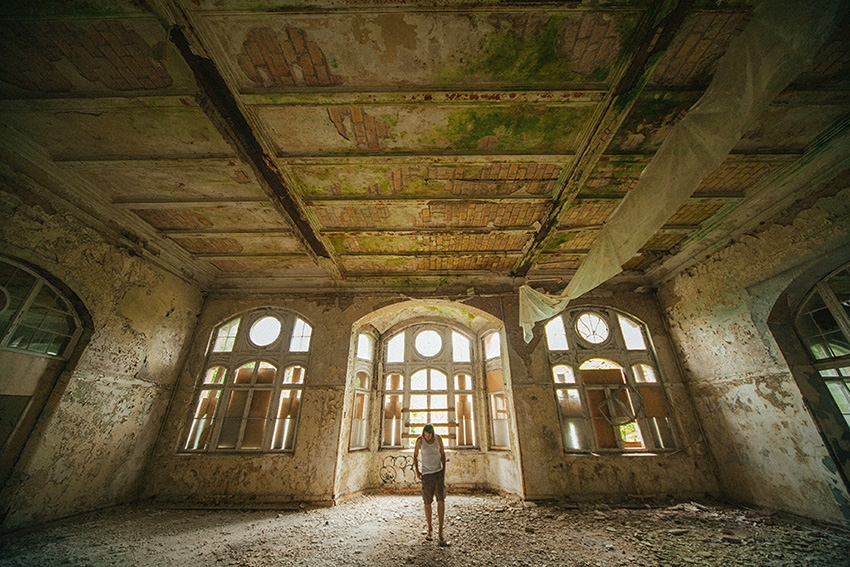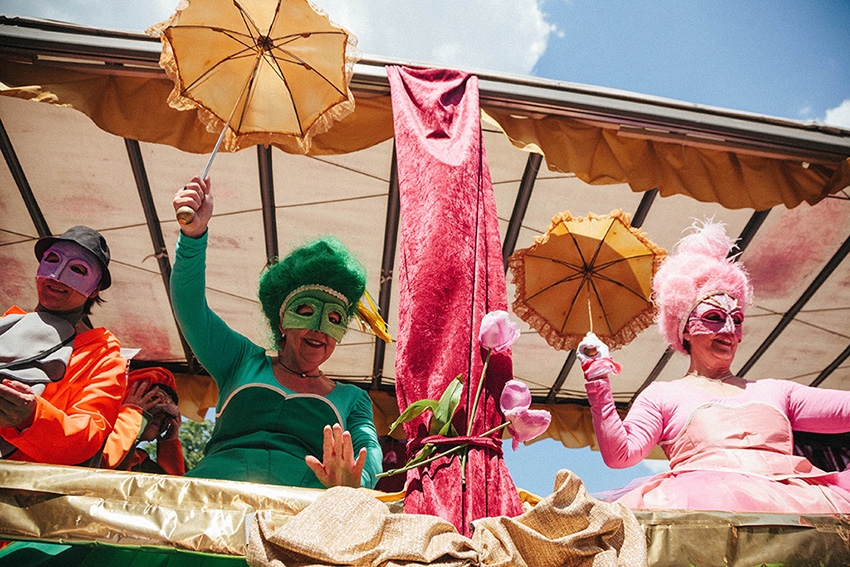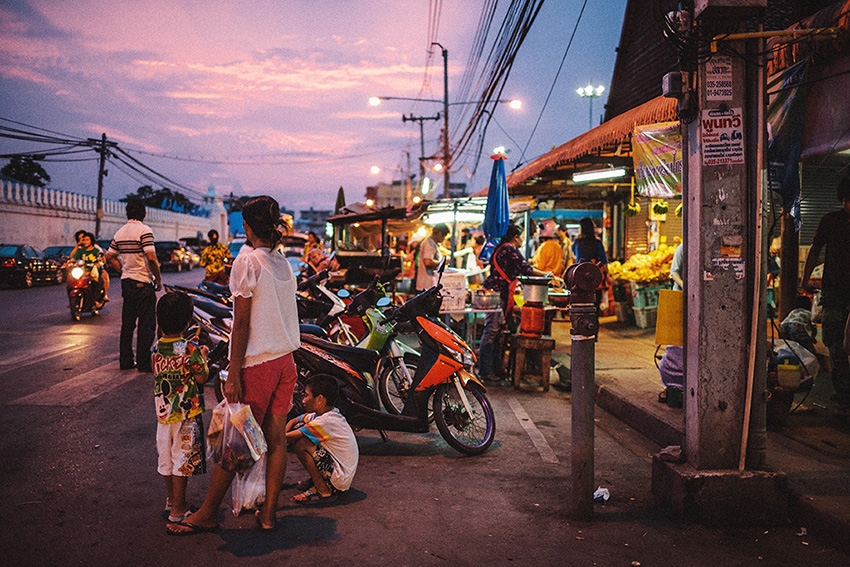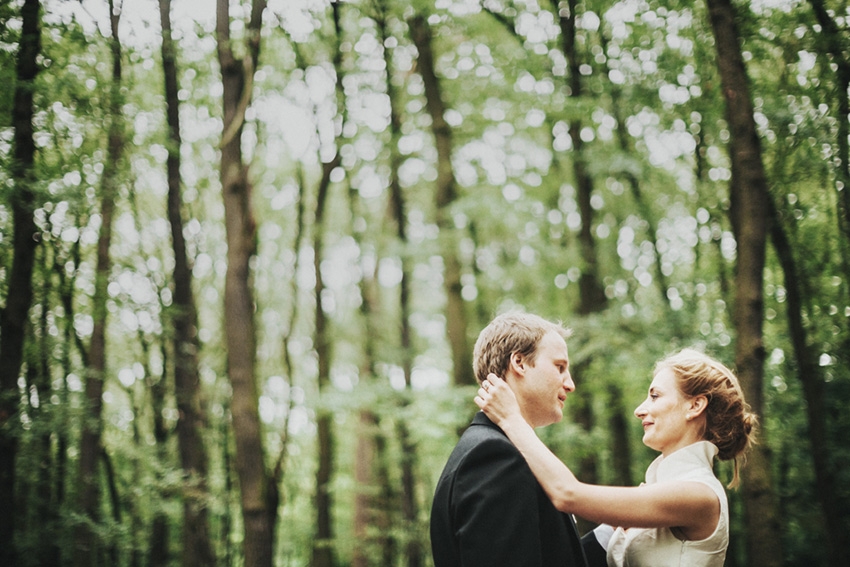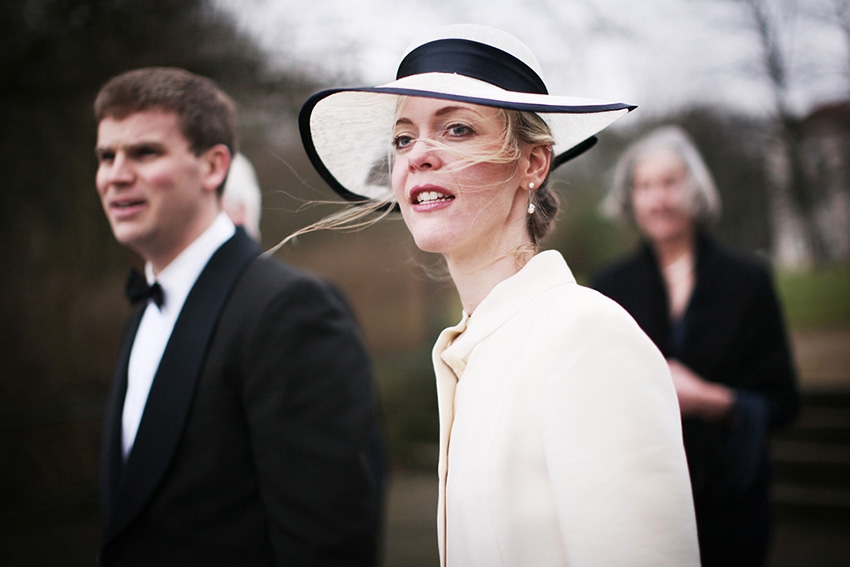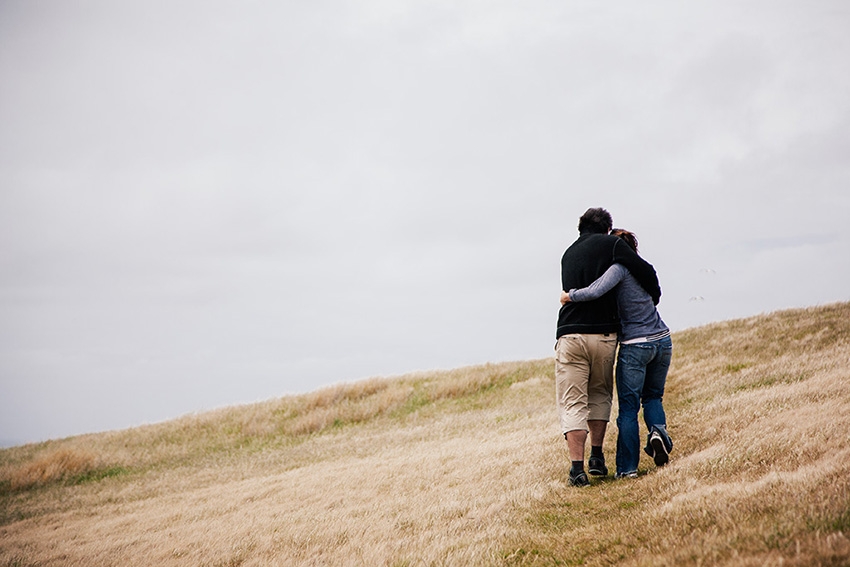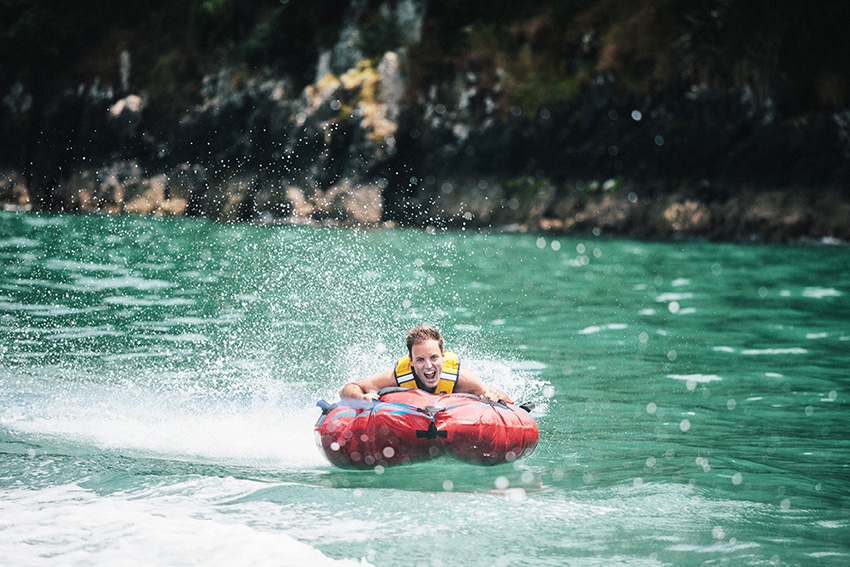Hey there! As I have have told you this blogsite will be focused on photography. I will host images from out of my life, work, travels and more. I will also be reviewing cameras and equipment, will write about what gear to use and why, which programs and plug-ins will get you the results you want faster and I will give a lot of tips regarding camera technics and what‘s important for a good picture. I will refer to my favorite sites of Ken Rockwell or imaging resource as well, that are specialized on testing cameras. My focus will be more from a photographers perspective. Some days of the week I will also write some articles about what‘s going on in the world regarding ethical and socio-political issues. I would also like to explain basic labour rights and Grundrechte (those articles will be in German) to you people that are not that familiar with law but as employees actually directly affected, maybe once a week and give some news on changes to labour laws and union developments and what that means for the normal employee ...
But today is a photo day and there‘s millions of things to be told when it comes to photography. But there‘s also some very simple things that you should always keep in mind. For example it‘s the photographer that takes the picture and not the camera. The most expensive camera will be totally wasted when you do not care about the most basic tasks that are necessary for a good photo. A great picture comes from a great vision and not a great camera. You can actually make winner shots even with a cellphone. So that‘s something to keep in mind.
More difficult things like „How to make a winner shot“ are to be discussed later on ;-). I will start with something basic that‘s also important to know when picking up a camera:
It‘s the focal length.
What does focal length mean? Focal length is indicated in millimeters on camera lenses, popular focal lengths are 50mm or 35mm, 24mm or 16mm for example. Those lenghts express the distance between the focus point (at which the beams of light come together in a single point and spread mirrored again from there on) and the recording medium, in digital cameras it‘s the sensor. The recording medium itself can have different sizes, the smaller it is, the smaller the focal length has to be accordingly to give the same field of view. Traditionally the focal lengths refer to the 35mm film format of classic cameras, the exposed part of the film was 35mm wide. Today 35mm equivalent cameras are those called fullframe, like Canon‘s or Nikon‘s Pro cameras for example. Their digital sensor is actually a tiny bit bigger, measuring 36mm.
If you now take a 50mm lens for example the focal length point is 50mm away from the image sensor. With a fullframe 36mm sensor you will get a so called normal field of view, pretty close to the human eye (actually I think the human eye field of view is somewhat wider, at least subjectively). The focal length point and both ends of the sensor shape a triangle. If you take a smaller sensor now, found in less expensive cameras or point&shoots, with the same focal length the angle in the triangle becomes smaller, resulting in a narrower field of view. You could actually draw the sensor on a paper as a line of say 36mm and draw the focal lenght point of your choice next to it with the according distance, in this case 50mm. If you extend the lines coming from both ends of the sensor beyond the focal length point you get the idea of what would actually be captured in the real world.
With a 24mm lens for example the distance between the focal length point and the sensor is roughly half of a 50mm lens, shaping a twice as wide angle in the triangle described above, thus you get a twice as wide field of view. Take an even smaller focal length and the field of view gets even wider.
To give you an idea of how different focal lengths look like I took a couple of photos from out of the window of our flat with various focal lengths, starting with an ultrawide 12mm, then 16mm and so on, have a look ...
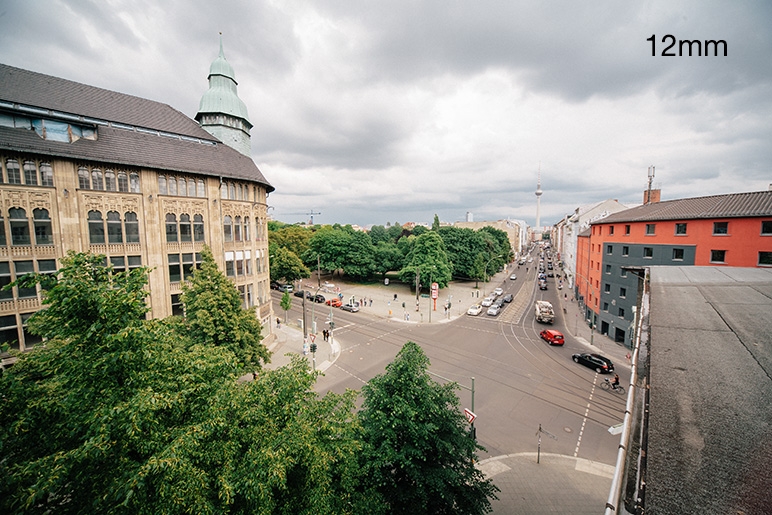
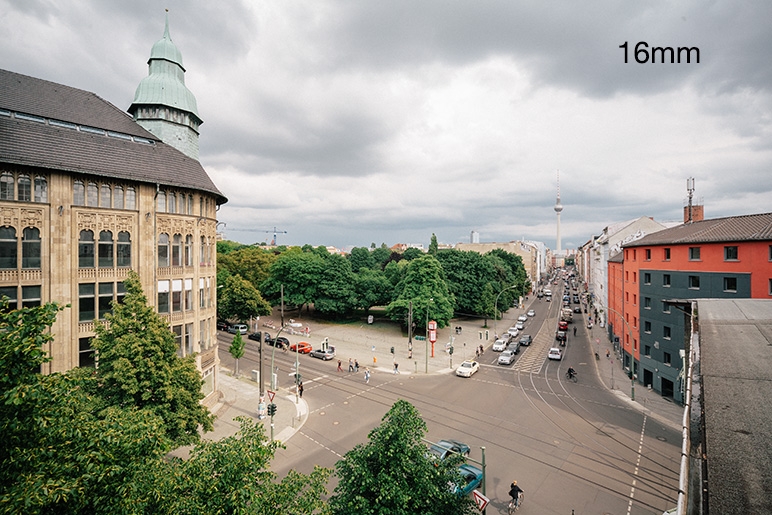
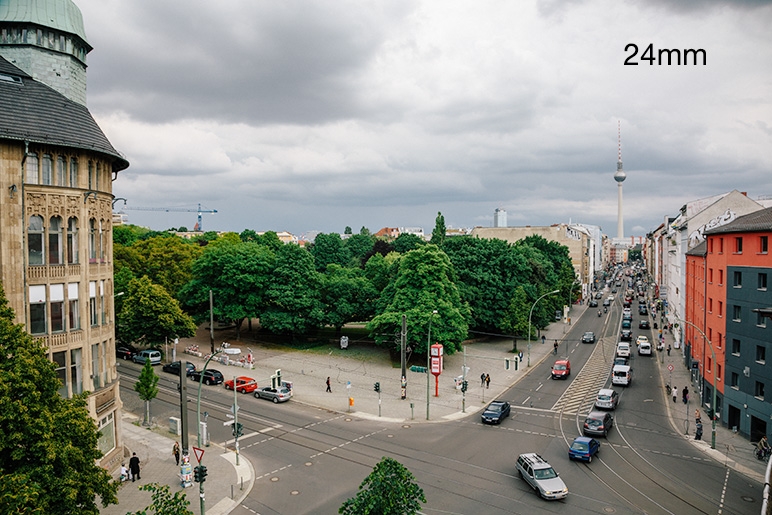
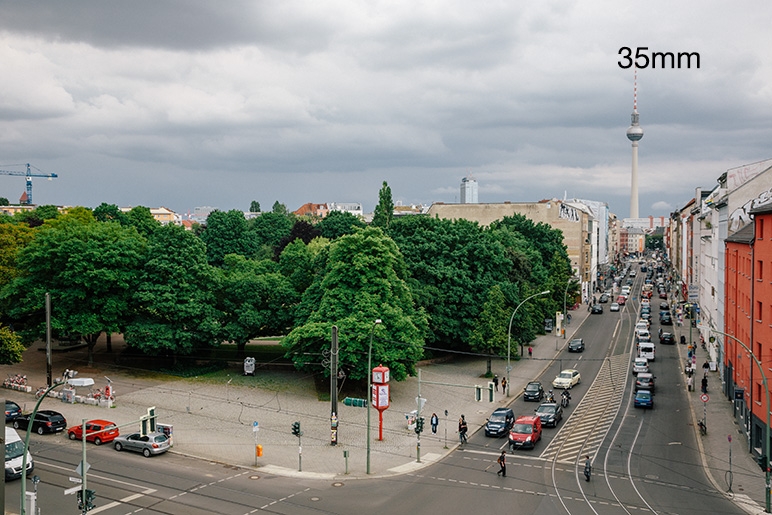
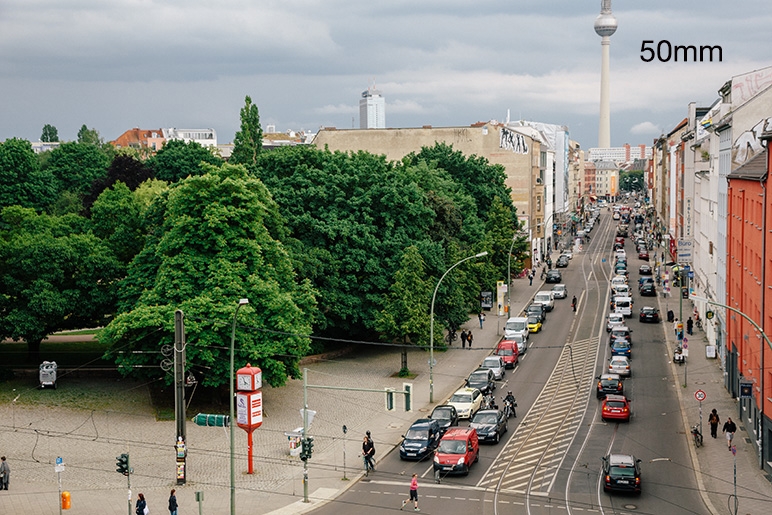

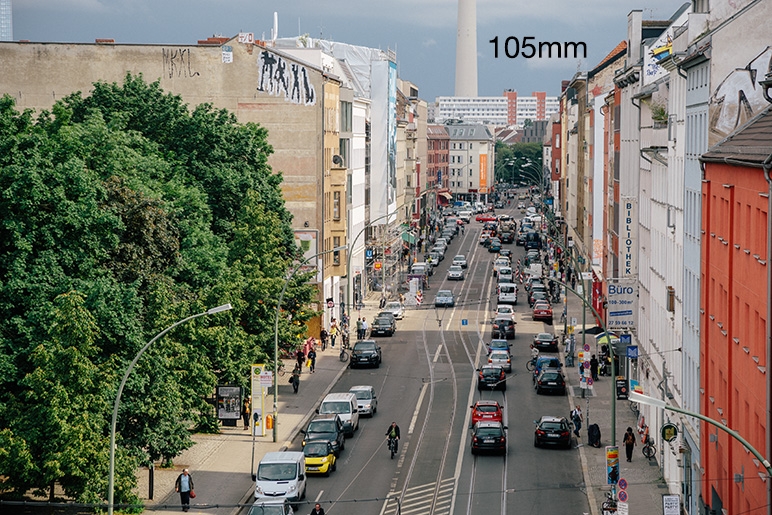
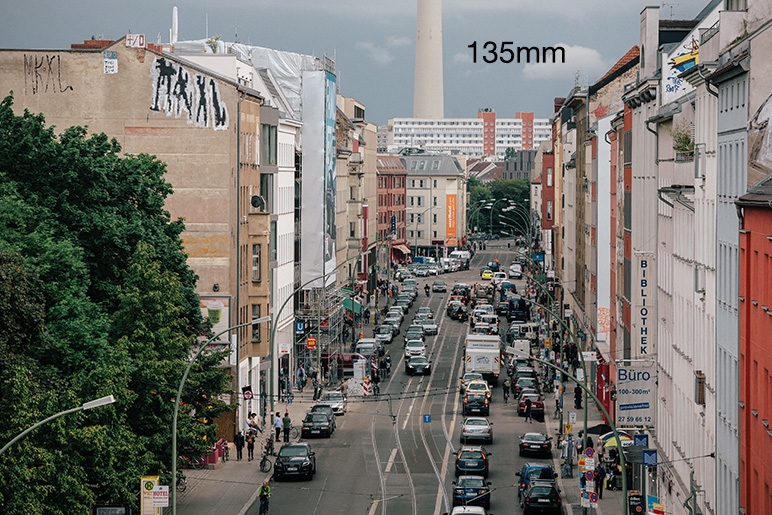
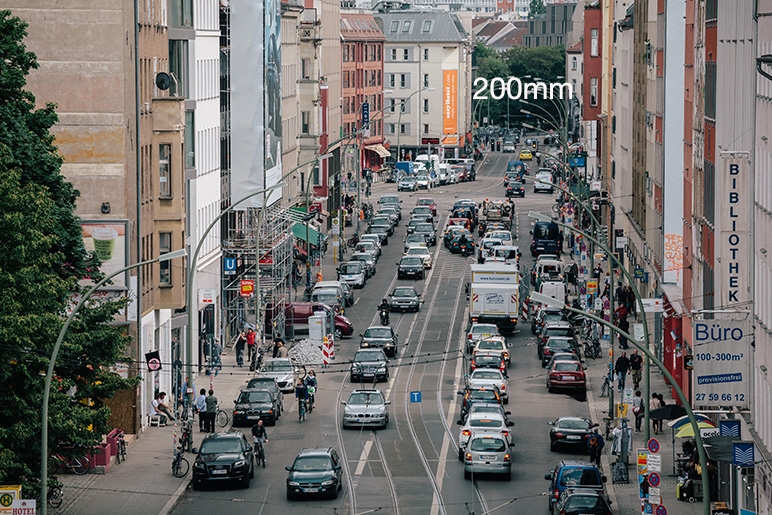
The main cameras I use are Canon‘s 5D models which also have 36mm sensors. Lenses used with those bodys keep the same field of view they have originally been designed for. Apart from the technical aspects explained above the focal lengths or lenses you use have a very strong impact on the look of your images and it often depends what subject you are going to photograph which lens is best suited. If you shoot animals for example a very long zoom lens is needed to get very detailed shots.
On the other hand I once read a photographer say you get the best images with a wide lens and get as close as you can to the subject. Actually that‘s pretty much what I think everytime I look at really dramatic images. Because you get much more in the frame with a wide lens you can immediately see if a photo was taken with a long tele lens or a wideangle lens. To get people resonably sized into the frame you need to get very close bringing the recipient or viewer right into the scene. This makes photos with a wideangle lens so much more special and intimate or even spectacular. I always find images with long tele lenses a bit boring because it‘s obvious that the photographer has not been very close to the subject. When shooting a wedding for example for me it is very important to be as close as I can to the couple to bring back the most intimate and touching images of this special day.
Documentary often refers to 35mm lenses to be the best suited for this style of photography. I am using a 35mm lens a lot as well, also on weddings, my most used focal length, though, is probably 24mm. I love wide angles because it brings you right in the middle of the action. In very tight places I could imagine using 16mm or even 12mm more often, it happens, though, that a lot of my images are taken at 24mm. For artistic portraits I normally use a Canon 50 1.2, that gives you spectacular background blurs, but that‘s some topic for next time.
See, there‘s much to say about focal lengths ...
See ya later
KIKI
